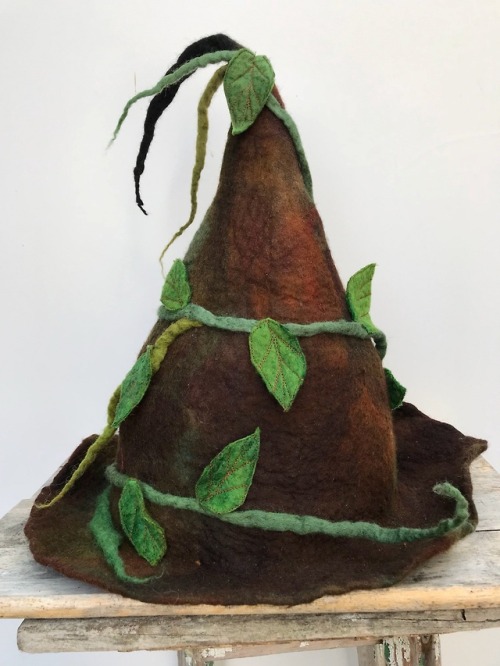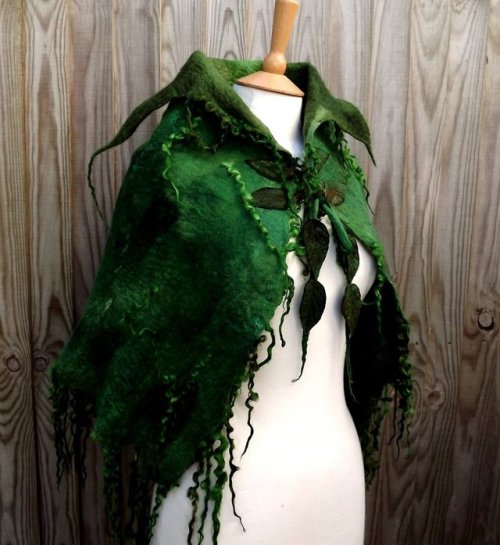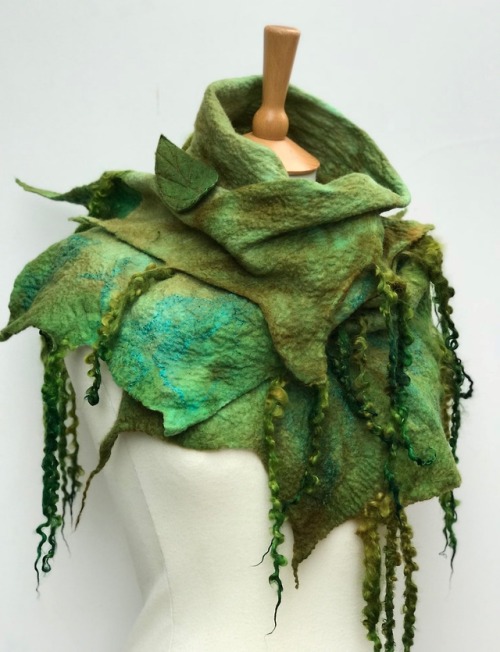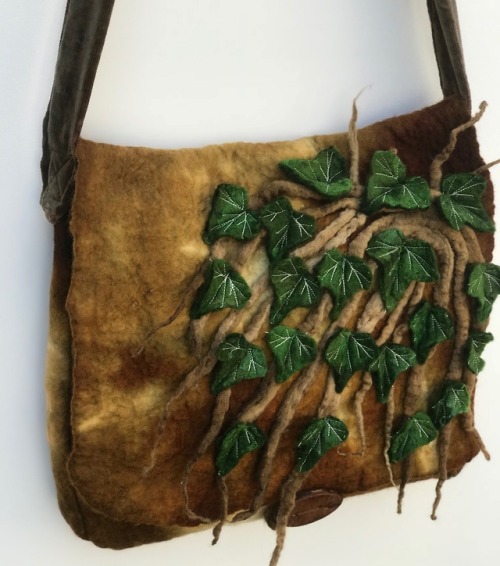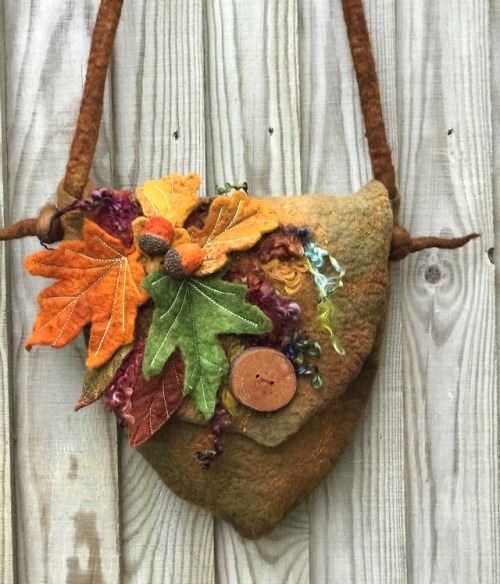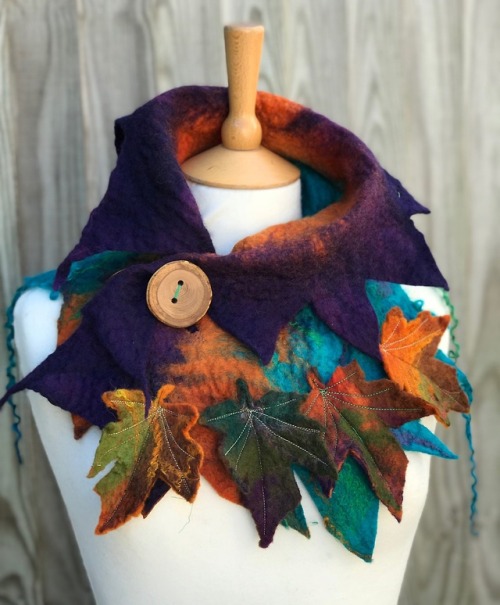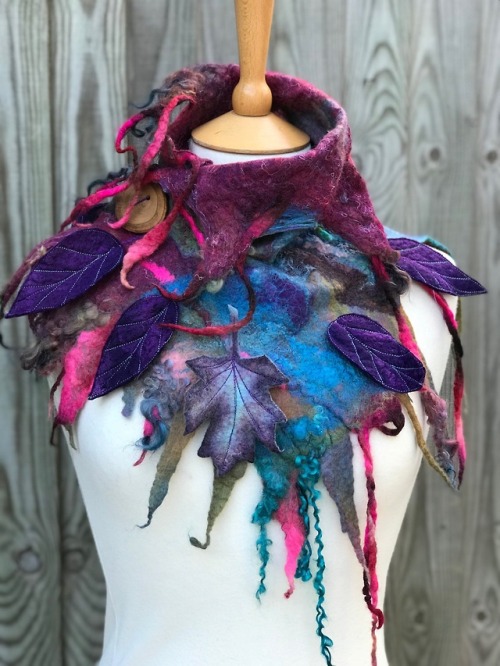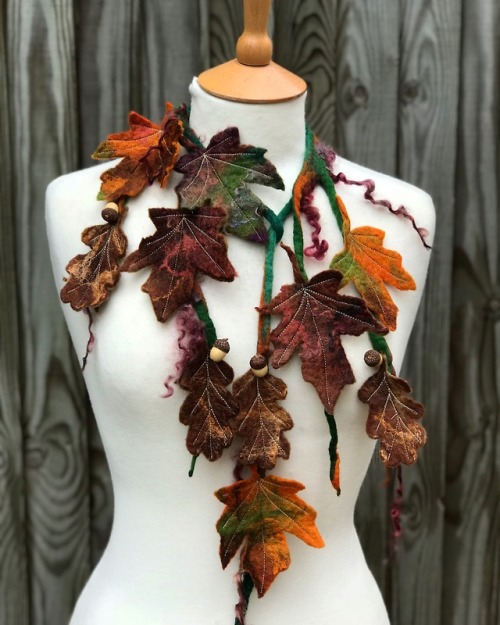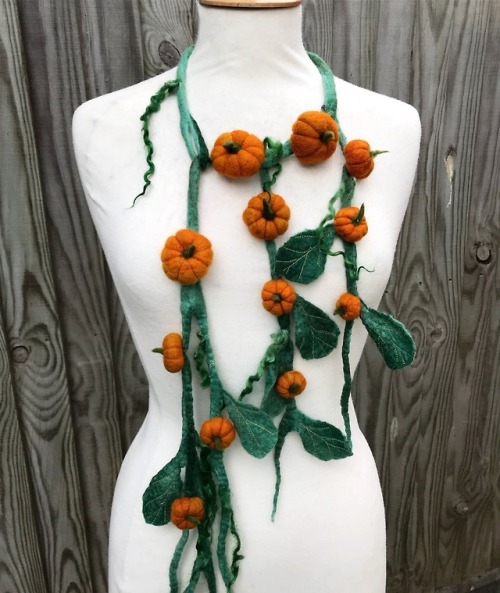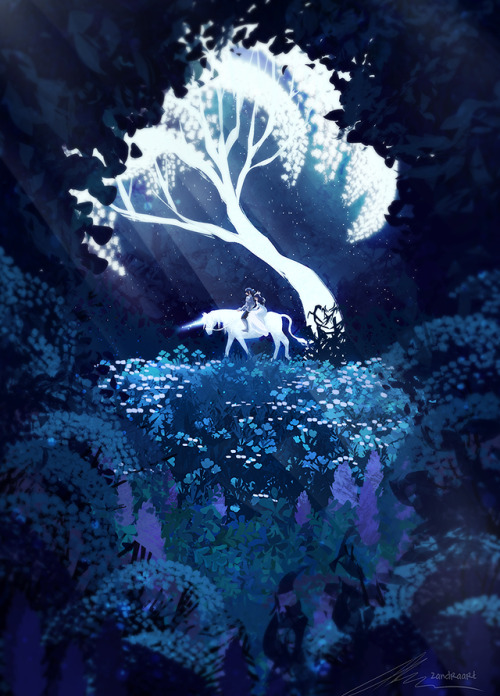Fucked Up How Cooking And Baking From Scratch Is Viewed As A Luxury…..like Baking A Loaf Of Bread Or
fucked up how cooking and baking from scratch is viewed as a luxury…..like baking a loaf of bread or whatever is seen as something that only people with money/time can do. I’m not sure why capitalism decided to sell us the idea that we can’t make our own damn food bc it’s a special expensive thing that’s exclusive to wealthy retirees but it’s stupid as hell and it makes me angry
More Posts from Copperfingertips and Others
Nature

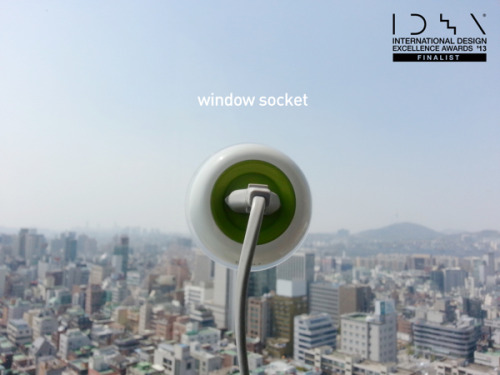
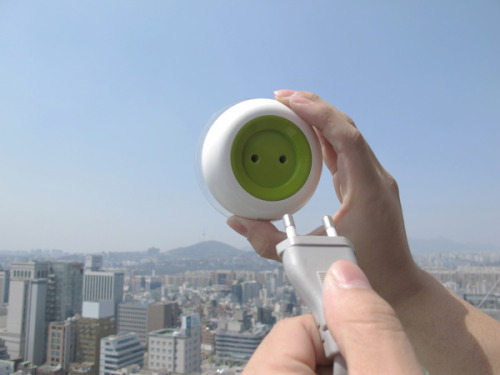
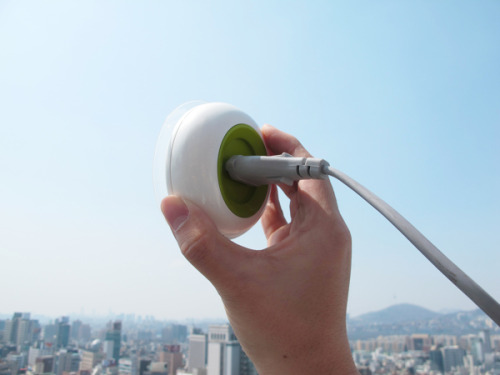
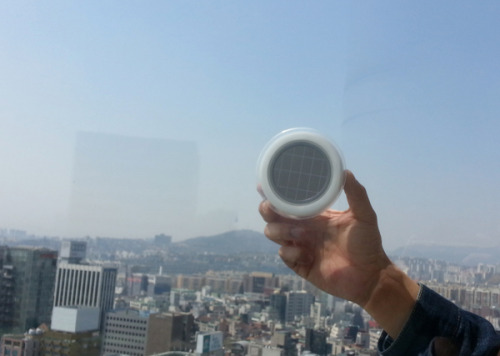
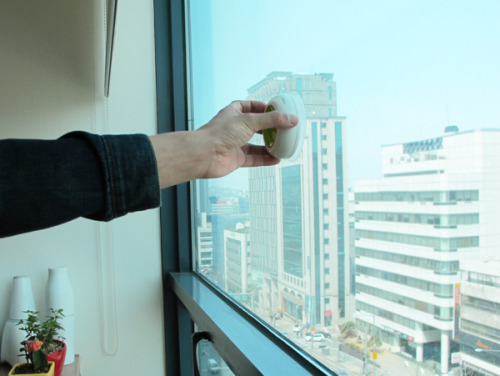

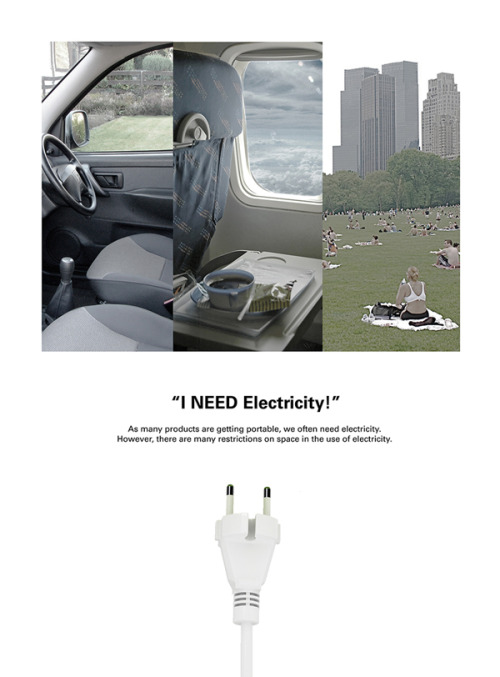
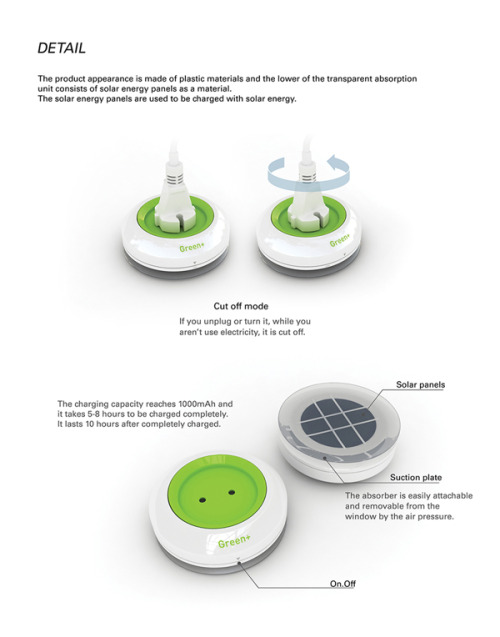
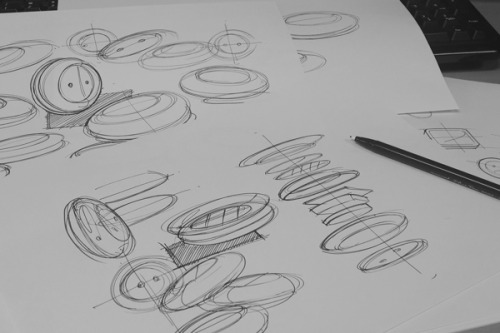
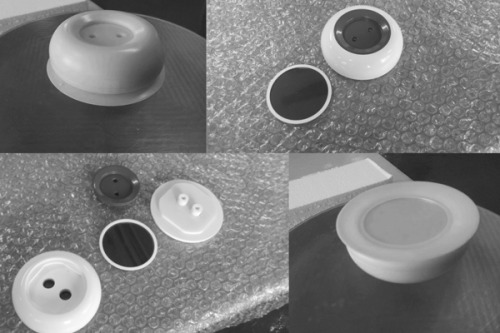
Plug It On The Window
The Window Socket offers a neat way to harness solar energy and use it as a plug socket. So far we have seen solutions that act as a solar battery backup, but none as a direct plug-in. Simple in design, the plug just attaches to any window and does its job intuitively.
Designers: Kyuho Song & Boa Oh
Solarpunk stuff for really broke people
Hey! I’m excited about sustainability, but I’m really poor! So here are some tips if you are also poor.
Some starter tips
There are some things you can take that, while not stealing, people won’t expect you to take. This includes seed collecting from untended gardens, portions of plants that grow in the wild, and soil from parks. This kind of stuff can cut down on expenses.
Seeds can be sold in expensive stores, but can also be taken from produce you buy. Stuff like garlic, onions, green onions, tomatoes, and potatoes are all really easy to reproduce by themselves. Care enough to want organic, heirloom, ect? Go to a farmers market, take the seeds.
Some places also do seed libraries or seed swaps. Keep an eye out for these, especially if you live in or near a big town. Dollar tree also sells seeds in the spring.
A lot of this might involve bending rules. Be sneaky and be careful.
Plants
Ideally, land to plant on in a garden is how food is produced. However if you’re like me you live in a cramped, overpriced studio on the second floor or something.
Yeah containers work. But you need soil for that, and you can’t grab all of it from potting soil bags ripped open at your local garden store. Maybe if you’re patient. But I’m not.
Hydroponic setups work better. One like this requires a plastic bottle, some kind of mesh, and fertilizer.
Fertilizer is, in a lot of places, seen as a bright blue powder sold in gardening stores. You could buy that. I wouldn’t personally. You could steal it from a chain store. But more likely, you could make your own. This article talks about fertilizer from food and food waste. And you can learn about nutritional needs of plants here.
This method could grow herbs, leafy greens, and some vine plants like pole beans, with support. this is not recommended for root plants like potatoes, for a lot of reasons.
Of course if you have access to dirt (not necessarily potting soil) you’re in a better place. Do a few tests, like drainage and composition. PH shouldn’t be a huge deal if you’re digging it up, just find dirt that shit is already growing in. Find a container that can hold a lot of dirt, poke a few good sized holes for water drainage, and plant that shit!
If you manage to bring some of your shit past usable to seed, congrats! Maybe learning about seed collection would help you spread the love to your other friends.
Oh and since there are no bees in your apartment (I hope) you’re gonna need to hand pollinate fruiting plants.
Recycling and reusing
Perhaps the most efficient way of doing this is having friends who also reuse things. You’re not gonna be able to save every candy wrapper most days, and I’m in no position to give up simple luxuries like candy. If you got the money, finding local producers who use compostable/recyclable materials for your little luxuries is nice though. But some of us ain’t got that kinda money. And that’s ok.
As I said before, bottles can be used to make hydroponic gardens. Maybe if you want you can help your friends set up some gardens if you got one too many two liters from Little Caesars.
Plastic bags can be turned into plarn (plastic yarn) and used to knit or crochet. If you feel so inclined you can learn to make cool shit, like reusable shopping bags or something. You could also make a bunch of plarn and outsource this to your friend who likes to knit in exchange for something you wanna do, or are good at.
Egg cartons can be used as seed starters. If you use the cardboard kind, they’ll dissolve into the soil if you break em down a little before planting them.
Aluminum foil can be used to keep algae out of your hydroponic garden, or as an alternative to steel wool.
There’s a lot that I could say, but reuse stuff is popular right now. Ideally, it should be reused into something that has a good use. And remember, sharing your talents and outsourcing things you can’t do is good and pure.
Green Power
This is gonna be a little more expensive. If you got a little money laying around, this could help reduce your power bill or something. But this isn’t gonna be free or next to free.
Phone chargers are an easy one to power. They charge up and don’t vary in their power needs.
This tutorial is, quite frankly, brilliant, and takes away a lot of the barriers to making solar powered stuff (like soldering). They tear apart a garden light to do this. That light could be used for some plants or something.
Wind and hydro are kinda unrealistic for an apartment, but it’s something people do.
Local resources
Food banks, community gardens, borrowing land, pooling resources. Buy an empty plot with your friends and start a community garden.


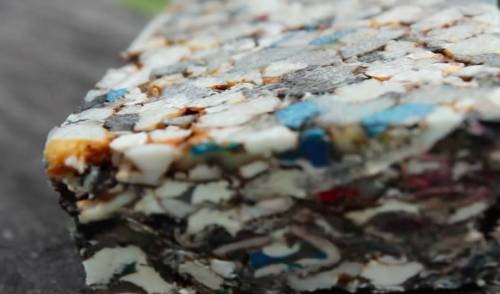
This startup is turning plastic waste into affordable housing
The company called Eco Domum, or Eco Home, is based in Puebla, Mexico. Founder Carlos Daniel González collects, sorts and melts down non-toxic plastics into a liquid, according to Unreasonable. That sludge is then put into a hydraulic press, which forms the plastic into hardened panels. It takes two tons of plastic to make one house. At scale, González’s plastic houses could be just what Mexico needs.
Follow @the-future-now





My IRL friend Laura Meilman is an awesome artist, and she has made five drawings of mermaids for the environment.
They’re all for sale as prints over at her Etsy shop, and portions of the proceeds will go to the United Way of Genessee County’s Flint Water Fund, The Standing Rock Sioux Tribe, and The Nature Conservancy.
“my favorite thing about you is your smell
you smell like
earth
herbs
gardens
a little more
human than the rest of us”
- rupi kaur, milk and honey

Make Your Own Sun Jars
Personally, I’d try and find warm white LED lights to use in this. It just fits the aesthetic better, I think.
Not Herbalism but Baker Creek Heirloom Seeds just put out their 2019 Catalog. It’s time to plan gardens now, so that when spring comes, you can execute that plan. I have lived in apartments with very little space for the past 7 years, so I thought I’d share my “grows well in containers list” with you guys.
Greens: Most greens, spinach, arugula, lettuces, some cabbages, etc. will grow in a container quite well.
Herbs: Similar to above, you can get your typical herbs to grow in pots quite well, usually. The yield with herbs is always very good too.
Anything with “Tom Thumb” or “Dwarf” in front of it: These are varieties made for containers, basically. They’re very, very small. There’s peas, corn (as in pop corn), tomatoes. Lots of stuff. Even flowers.
Cheery Tomatoes: In general, with any “regular” veg, you’ll probably need a larger pot (Think like 1 gal). If you’re willing to go the distance, though, cherry tomatoes are a great container plant, in my opinion.
Alpine Strawberries: Again, somewhat larger (though not as large as above) is recommended to get more berries. These guys are tiny strawberries. Like one bite berries.
Banana Peppers: I had two plants. They went wild. I ended up with several fresh peppers mixed into stir fry all summer and then two large canned jars of them, which I munched on through fall to the very very beginning of winter.
Carrots: Actually, if you’ve got a tall enough pot, you can grow regular carrots. But I like the Parisienne or other little round globe varieties.
Radishes: Similar concept to the carrots. Small, round. Remember to eat your radish and carrot greens as well.
Green onions: Either a chive situation or, some companies do actually have very small, like golf ball sized onions.
Look for “container mixes” on seed sites: Quite a few seed sights often put together container seed mixes. They’re usually the varieties recommended by the company.
So that’s my list. Remember, grow what you want to eat. Also, a good plan is grow what is hard for you to buy. That way you aren’t doubling down on what you can easily find in town.
-
 eternalparadisearchive reblogged this · 1 week ago
eternalparadisearchive reblogged this · 1 week ago -
 eternalparadisearchive reblogged this · 1 week ago
eternalparadisearchive reblogged this · 1 week ago -
 sviatoslavrichtersplasticlobster reblogged this · 2 weeks ago
sviatoslavrichtersplasticlobster reblogged this · 2 weeks ago -
 theboadicea reblogged this · 3 weeks ago
theboadicea reblogged this · 3 weeks ago -
 theboadicea reblogged this · 3 weeks ago
theboadicea reblogged this · 3 weeks ago -
 mainlyforme reblogged this · 3 weeks ago
mainlyforme reblogged this · 3 weeks ago -
 poughkeepsiecutandrun liked this · 4 weeks ago
poughkeepsiecutandrun liked this · 4 weeks ago -
 kurovera liked this · 1 month ago
kurovera liked this · 1 month ago -
 royalebynature liked this · 1 month ago
royalebynature liked this · 1 month ago -
 loki08 reblogged this · 1 month ago
loki08 reblogged this · 1 month ago -
 loki08 liked this · 1 month ago
loki08 liked this · 1 month ago -
 shakshukagirl liked this · 1 month ago
shakshukagirl liked this · 1 month ago -
 graveyardgarlic liked this · 1 month ago
graveyardgarlic liked this · 1 month ago -
 reading-mylife reblogged this · 1 month ago
reading-mylife reblogged this · 1 month ago -
 aromargaery reblogged this · 1 month ago
aromargaery reblogged this · 1 month ago -
 feedyourhorses reblogged this · 1 month ago
feedyourhorses reblogged this · 1 month ago -
 do-not-forget-your-towel liked this · 1 month ago
do-not-forget-your-towel liked this · 1 month ago -
 abbessolute reblogged this · 1 month ago
abbessolute reblogged this · 1 month ago -
 im-the-antonymph-of-your-mom reblogged this · 1 month ago
im-the-antonymph-of-your-mom reblogged this · 1 month ago -
 axolots-of-love reblogged this · 1 month ago
axolots-of-love reblogged this · 1 month ago -
 theunintentionalrecluse reblogged this · 1 month ago
theunintentionalrecluse reblogged this · 1 month ago -
 aliencomicinvasion reblogged this · 1 month ago
aliencomicinvasion reblogged this · 1 month ago -
 princessclefairyberry liked this · 1 month ago
princessclefairyberry liked this · 1 month ago -
 the-sturgeon-mary liked this · 1 month ago
the-sturgeon-mary liked this · 1 month ago -
 nox-wolves liked this · 1 month ago
nox-wolves liked this · 1 month ago -
 mild-manneredapricot reblogged this · 1 month ago
mild-manneredapricot reblogged this · 1 month ago -
 wholeflytrap reblogged this · 2 months ago
wholeflytrap reblogged this · 2 months ago -
 two-unbeatable-beaters reblogged this · 2 months ago
two-unbeatable-beaters reblogged this · 2 months ago -
 delungozi liked this · 2 months ago
delungozi liked this · 2 months ago -
 thisuserisnotsurewhotheyare reblogged this · 2 months ago
thisuserisnotsurewhotheyare reblogged this · 2 months ago -
 greybluesblog liked this · 2 months ago
greybluesblog liked this · 2 months ago -
 godilyn2001 reblogged this · 2 months ago
godilyn2001 reblogged this · 2 months ago -
 godilyn2001 liked this · 2 months ago
godilyn2001 liked this · 2 months ago -
 ajtaals reblogged this · 2 months ago
ajtaals reblogged this · 2 months ago -
 sometimes-a-writer reblogged this · 2 months ago
sometimes-a-writer reblogged this · 2 months ago -
 theroyalcrouton liked this · 2 months ago
theroyalcrouton liked this · 2 months ago -
 keiomii reblogged this · 2 months ago
keiomii reblogged this · 2 months ago -
 keiomii liked this · 2 months ago
keiomii liked this · 2 months ago -
 abowlofcurry reblogged this · 2 months ago
abowlofcurry reblogged this · 2 months ago -
 niallersfreckles liked this · 2 months ago
niallersfreckles liked this · 2 months ago -
 im-the-antonymph-of-your-mom liked this · 2 months ago
im-the-antonymph-of-your-mom liked this · 2 months ago -
 amistu liked this · 2 months ago
amistu liked this · 2 months ago -
 nemo-of-house-hamartia reblogged this · 2 months ago
nemo-of-house-hamartia reblogged this · 2 months ago -
 wallsarecrumbling reblogged this · 2 months ago
wallsarecrumbling reblogged this · 2 months ago -
 chacerider-casual reblogged this · 2 months ago
chacerider-casual reblogged this · 2 months ago -
 stonervampire reblogged this · 2 months ago
stonervampire reblogged this · 2 months ago -
 angirasah liked this · 2 months ago
angirasah liked this · 2 months ago -
 allanonkisigar liked this · 3 months ago
allanonkisigar liked this · 3 months ago -
 okaliptus11 liked this · 3 months ago
okaliptus11 liked this · 3 months ago
